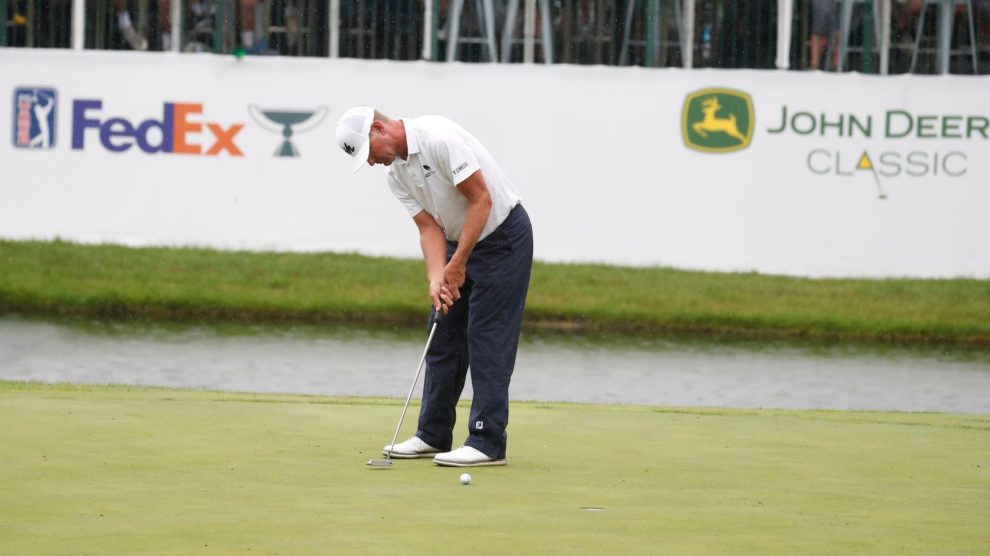Putting is one of the most difficult skills in golf to master, and the mere suggestion of a tricky putt can make a golfer tremble with fear.
Perhaps the style of putt that's feared the most is a downhill putt. Golfers worry that they won't hit the putt with the proper speed, and then the ball will race well past the hole and leave them with the possibility of a three-putt or worse. There are plenty of golfers, then, that try to leave themselves an uphill putt in thinking that they're more likely to make that than a downhill putt.
Is it better for golfers to leave an uphill putt compared to a downhill putt?
Statistically speaking, there's little difference in the make percentage of golfers comparing downhill and uphill putts of equal length. On shorter putts, meaning those inside three feet, the make percentage is identical. From approximately 4-10 feet, there is actually a modest improvement in the make percentage of an uphill putt compared to a downhill putt. However, that impact recedes quickly the farther a player is from the hole with their putt.
However, it is understandable why a golfer would want to leave themselves underneath the hole, so to speak. While the make percentages may not be dramatically different between uphill and downhill putts of the same length, golfers do tend to feel more comfortable two-putting when putting slightly uphill compared to severely downhill. Certainly, golfers can just as easily leave a tricky downhill putt well short of the target as they can leave an uphill putt short, too. But golfers do tend to look more comfortable two-putting from below the hole.
In the grand scheme of golf strategy, however, the most important thing a golfer can do is get closer to the hole. It's better to have a 3-foot downhill putt compared to a 4-foot uphill putt. And that's true at any distance. Instead of worrying about placing the ball with a tricky shot, golfers should concentrate on getting their ball on the green and as close as they can to the cup.

